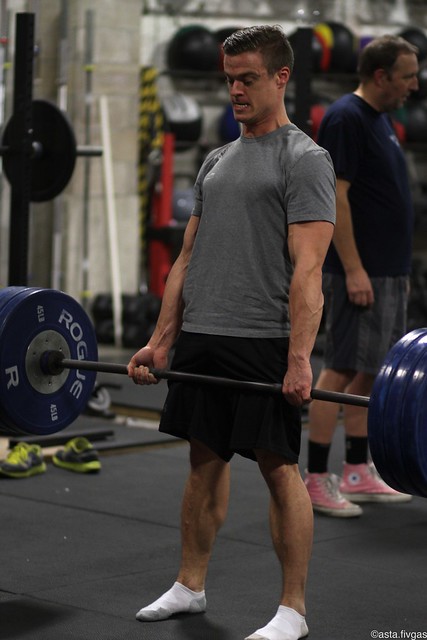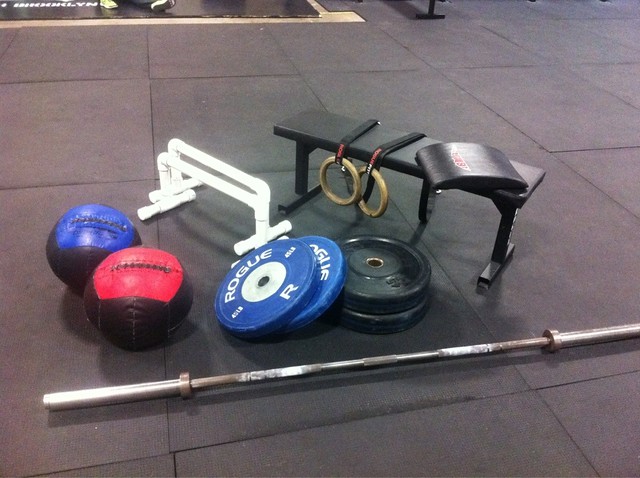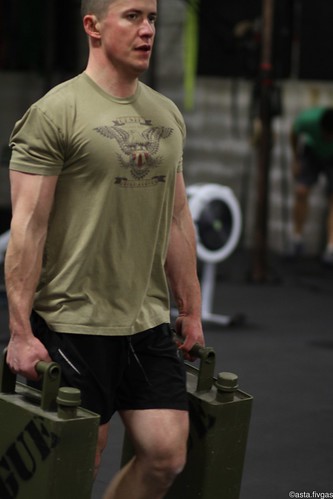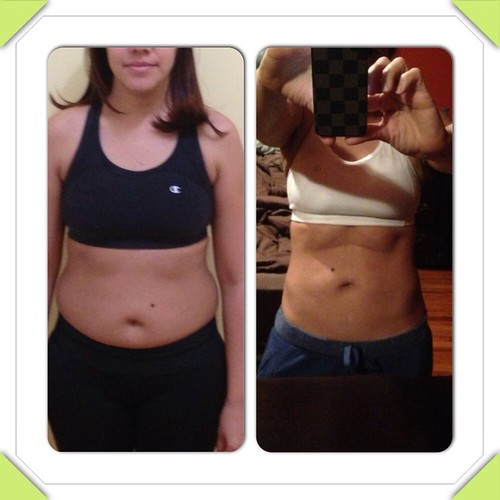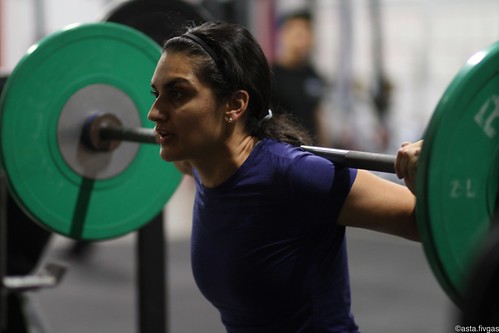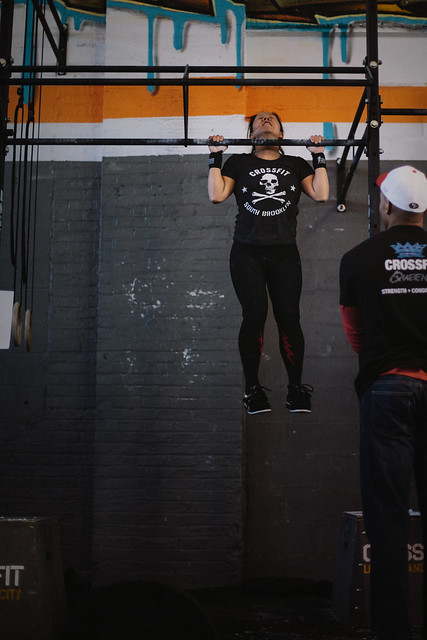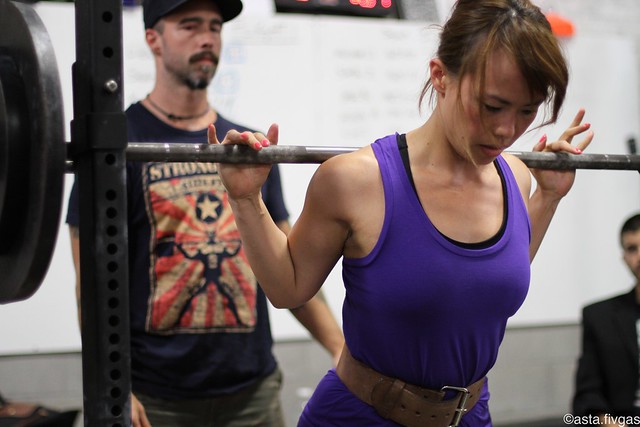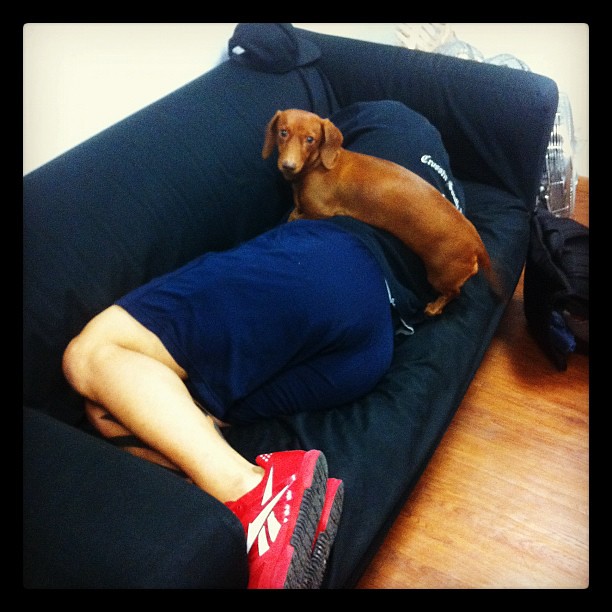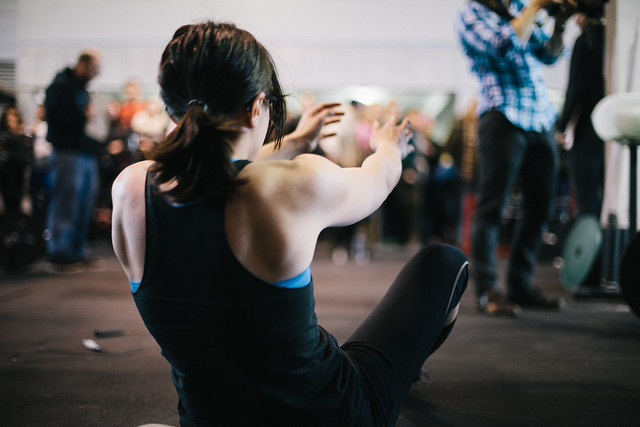News and Notes
- There are still spots left for the partner Thai Massage workshop on 2/23
- Don’t forget to RSVP for the 2nd Paleo Potluck and LFPB awards ceremony. Everyone is welcome to come!
Why Are We Discouraging Failing?
You may have noticed that we’ve been strongly discouraging people from failing on their lifts this cycle. The rational behind this is two fold. Firstly, when you fail, it means you’ve tested your absolute limit. You’ve gone to the horizon of your capacity and fallen over the edge. In the context of Testing new rep maxes, this is okay and a necessary part of strength training. However every day is not a test and we don’t want you to max out to failure with any regularity. Our day in, day out workouts should be considered Training and an opportunity to go a little bit heavier than your previous efforts without reaching your absolute limits. Training to failure too often can be taxing on the central nervous system and actually slow down your progress. If you focus on going “a little heavier than last time” you keep pushing the ceiling of your potential a little big higher instead of busting right through it and having no where to go but back down.
The second major reason we want to make failing a rarity is for the psychological stress and negative expectations it can put on you. If you’ve trained yourself to think, “okay when things get hard I’ve got an easy escape route in bailing” you learn to give up more often and associate missed reps as a regular part of your routine. They don’t become significant, they don’t become a wake up call on where you’re at.. they just become the norm. This can subtly undermine a lot of your self expectations and the mindset you bring into your lifts.
All that being said, we don’t want you to avoid lifting heavy and training hard. Once your technique is in order, you’re expected to grind through lifts. Maximal Effort Method training is a staple of our programming and one of the best ways to get strong. It should feel difficult, it should feel heavy and you should expect to fight for it. Just like in real life, you don’t start fights you don’t think you can win, especially on a regular basis, all that does is screw with your confidence and send you limping home. A skilled athlete doesn’t need to miss reps to know where their potential for the day is. They have an innate sense of what they’re capable of and when to call it quits. Any missed lifts moving forward should be considered learning experiences on your physical capacity, psychological outlook, technique and always put into the context of the intended training stimulus for that day.
_______________________
Travel Inside A Black Hole vsauce
Getting High On Snake Venom Vice (NSFW)
